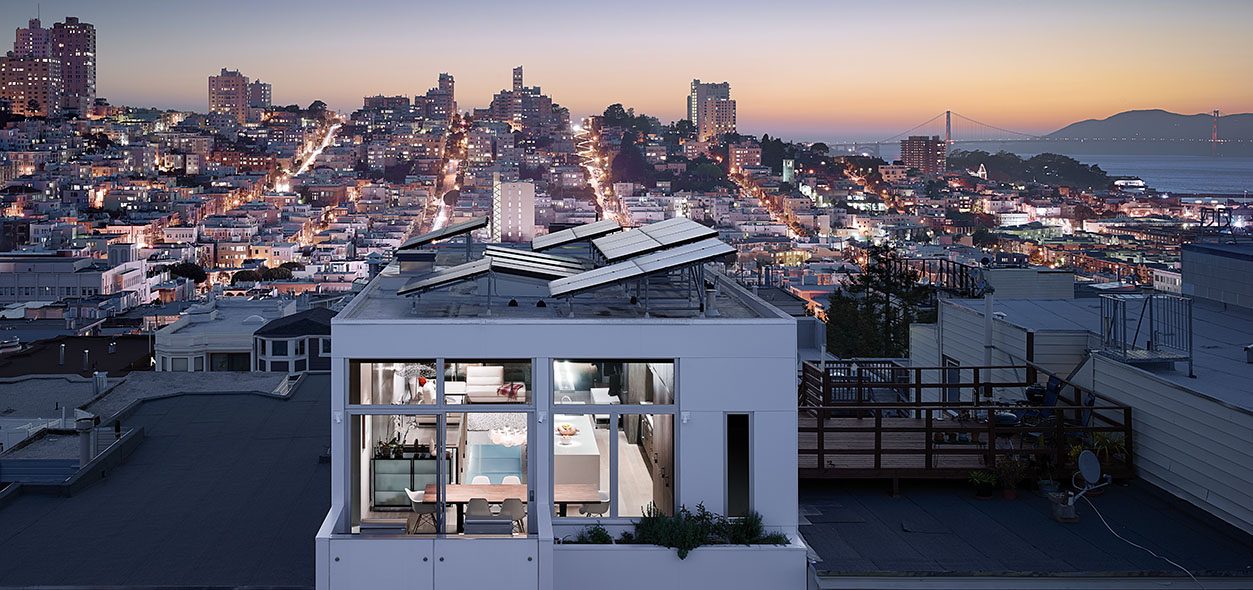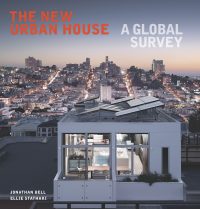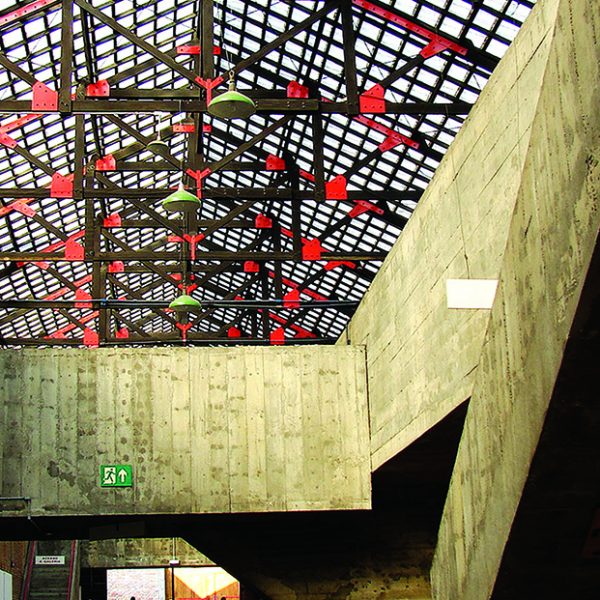Q&A with Jonathan Bell and Ellie Stathaki, authors of The New Urban House
Yale University Press: What was the selection and screening process like for selecting houses to feature?
Jonathan Bell/Ellie Stathaki: The house book is a fairly well established publishing trope, something that has survived the coming of the internet and the explosion of interest in architectural design in all its forms, from simple home extensions through to spectacular “dream houses”. For The New Urban House: A Global Survey, we tried to pick houses that felt contemporary but also, in many cases, mix modernity with a sense of place and heritage, and include a nod to local production materials and/or techniques for example. At the same time, we aimed to choose work that represents its country through designs that are not imitations of historical styles and typologies, but rather contemporary interpretations of those genres or even entirely new approaches that might hint more to where a specific territory might be heading, while using what’s been learned from past practices. Innovative approaches, creative solutions and of course eye-catching overall execution, were also high on the list of criteria. It would be simplistic to claim that the houses included in this book are ones that alone capture the residential zeitgeist of their respective countries. But they hopefully offer a hint to particular trends and help build a snapshot of what the residential scene in a particular part of the world is like at this given moment.
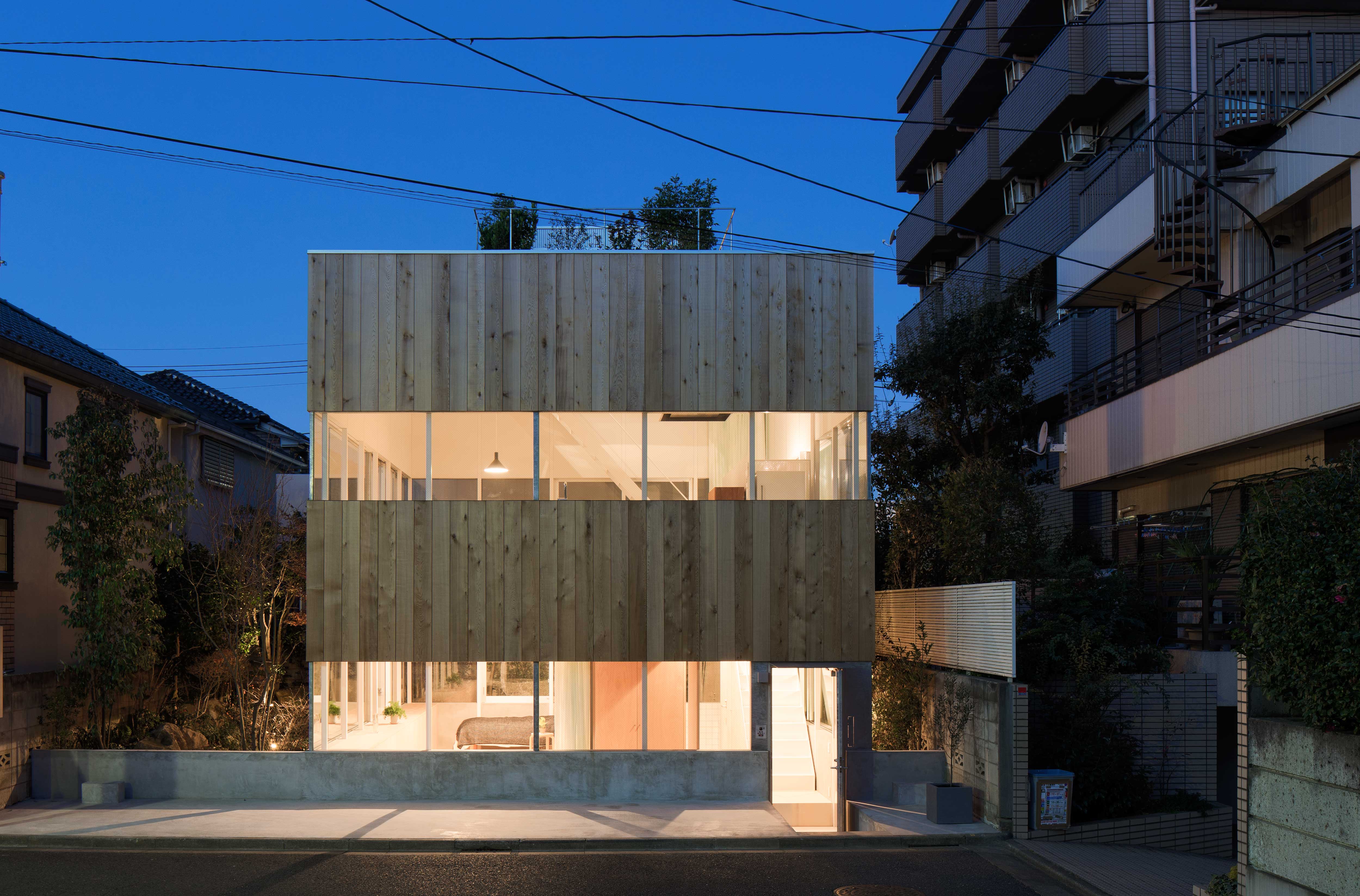
Elding Oscarson, Nerima House, Tokyo, Japan, 2015. Created on the site of a small garden, this timber-clad house was designed to be respectful of the nature around it. © Kenichi Suzuki
YUP: What are some of the issues that are universal for architects working in urban housing? What are the best responses you’ve seen to these issues?
JB/ES: The problems with housing are numerous and complex, and they vary hugely from city to city and country to country. Broadly speaking, we need more urban housing – density is highly efficient in terms of energy use – and we also need more affordable urban housing. Many of the projects in this book are far from affordable. At the same time, many are, and their architects’ varied, clever and experimental responses to the challenges that the urban context brings – be those financial, density-related, or climatic ones for instance – contribute to what makes them interesting and inspirational. One thing that does stand out is the need for a flexible, innovative approach to site. Some of these houses occupy awkward, out of the way sites and plots. Whether it’s London, LA, or Ho Chi Minh City, some of our favourite projects are when small sites are given an unexpected new life.
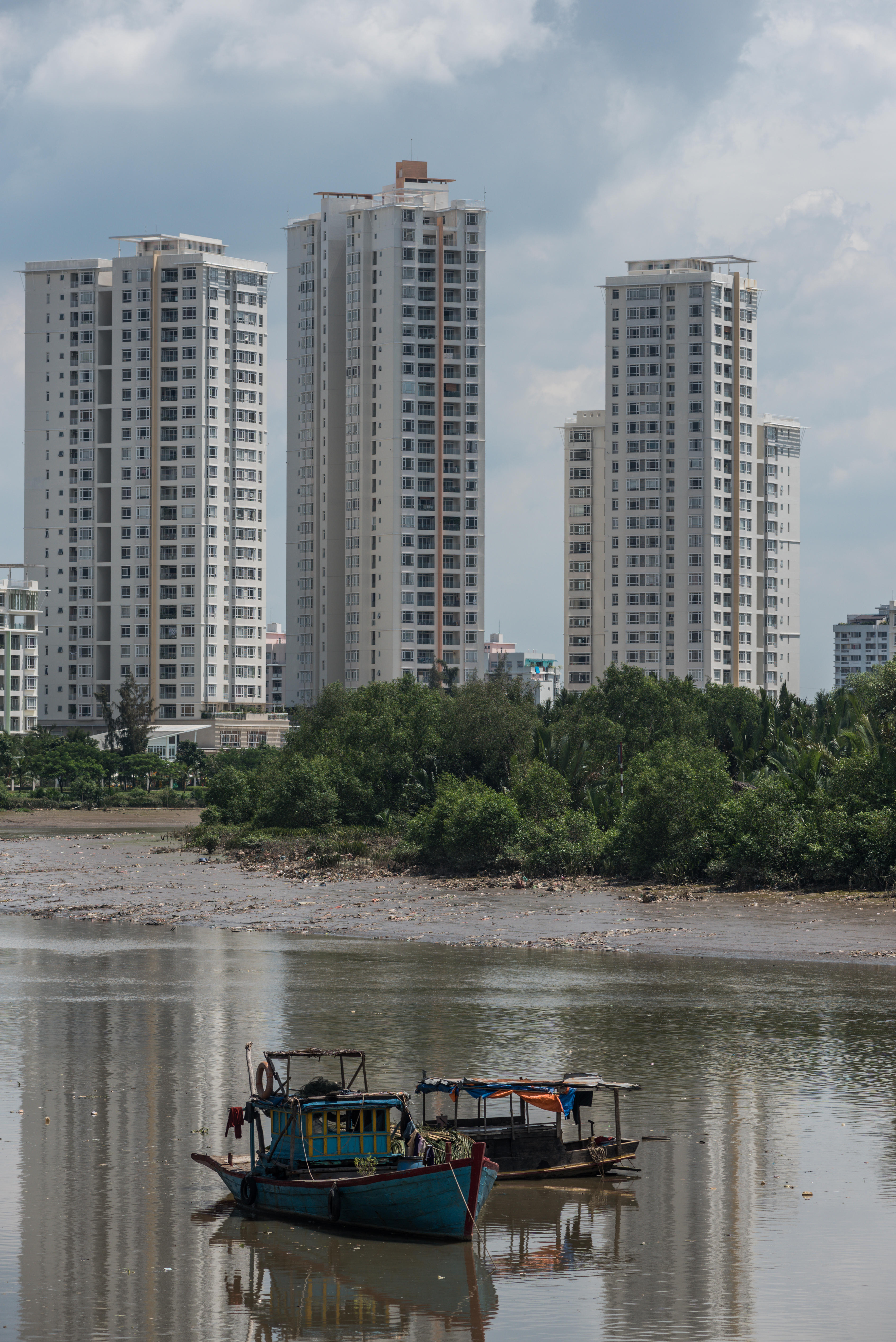
Rapid urbanization in recent years has meant that whole new neighborhoods have been created in Ho Chi Minh City toaccommodate the population growth. Jean-Francois Périgois/Alamy Stock Photo
YUP: Are there any designs featured in the book that you believe will be particularly influential in the future of urban housing?
JB/ES: In terms of private urban housing you’re going to see a lot more creativity going into ever smaller houses to make the most of available land. On a wider note, the single family house probably has less of a role to play in city centres, although the structure and layout of suburbs will probably change significantly as mobility evolves. Houses that embrace the streetscape and their surroundings are a much better approach for walkable, inclusive communities, as opposed to the compound-like suburban fortress that shuts itself off. The issue of preservation and saving our worldwide heritage also comes up frequently, as architects the world over attempt to find the right balance between development and overdevelopment, progress and conservation. This is especially pertinent in the large metropoles of both east and west, from London to Beijing and Seoul. Resolving issues of inequality in housing when it comes to developing countries is and will remain a key issue in both architectural and socioeconomic circles. Individual houses are very important – there is no problem too small. But an intelligent and sustainable approach when it comes to the bigger picture is critical if we are to create livable urban centres for the future generations.

Jacques Moussafir, Maison Escalier, Paris, France, 2011. © Hervé Abbadie
YUP: Did you get house envy while you researched and wrote about these incredible homes?
JB: It’s always interesting to see how people choose to live in other parts of the world, but to be honest the biggest takeaway for me is how culture and environment shapes the home. I’m personally very wedded to living in London, which has its challenges but also its very established domestic forms and architectural spaces.
ES: I get wanderlust more than house envy. London, where I live, has some truly exceptional architecture, even though it is a big metropolis that comes with its challenges of course, and there is huge variety of housing to look at – from low cost, and highly inventive single family conversions, to lush new mansions made of the finest materials. You can find almost everything here. However, as many of the houses in this book prove, it is hard to separate design from context, so imagining life in different parts of the world and different conditions is always tempting and fun. It is also part of what this book has to offer – inspiration and food for thought.
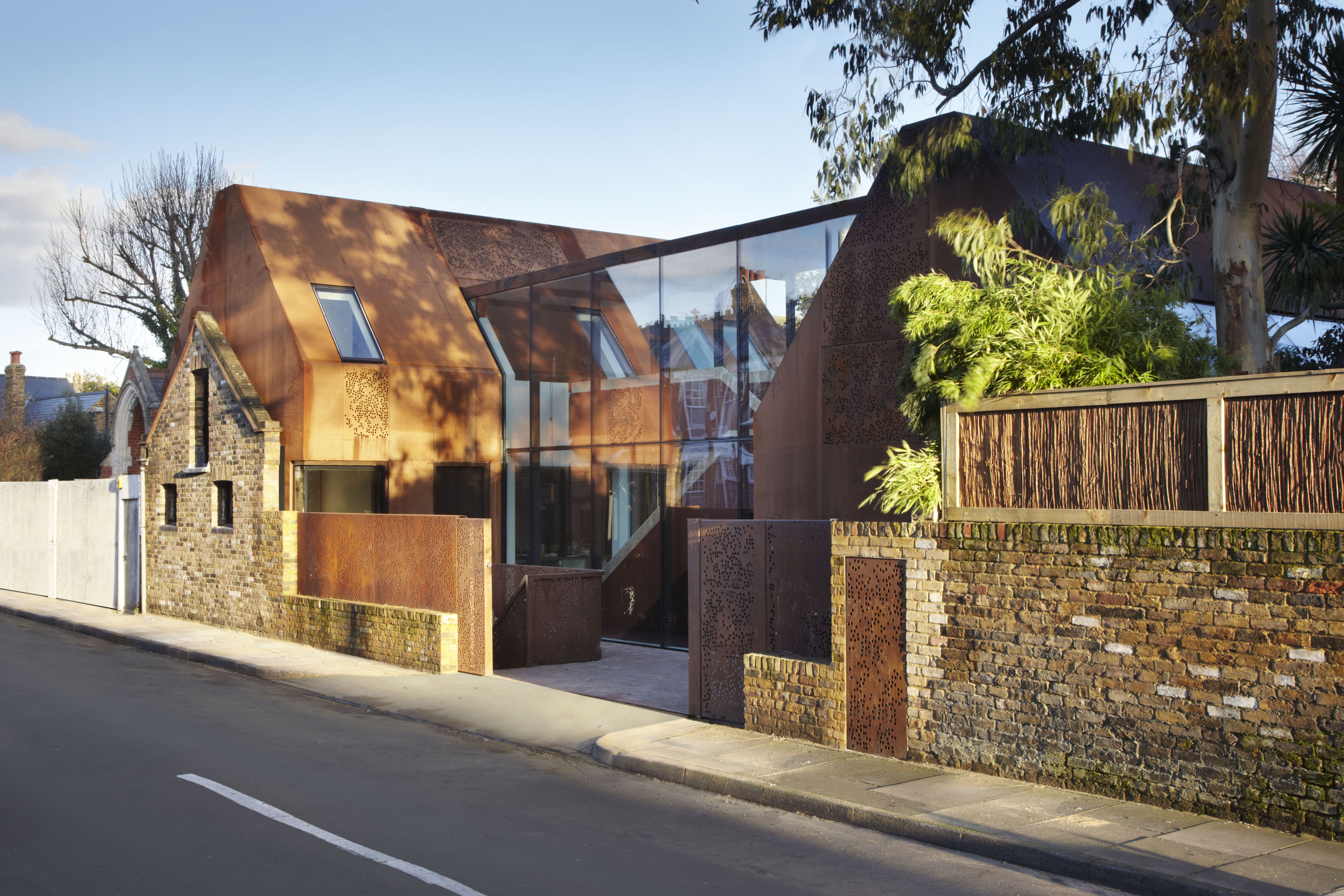
Piercy & Company, Kew House, London, UK, 2014. © Jack Hobhouse
YUP: What is a key lesson you hope young designers or consumers of design take away from your book? Is there a particular house that emblematizes this lesson well?
JB: The key message from a book like this is always that designers and architects are problem solvers who can and should enhance the qualities of a space, whether it’s something as simple as materials or finishes, all the way up to the fundamental layout, orientation and programme of a home. In that respect it’s more of a book for consumers of design – it’s a book about potential and how that can be exploited. A city – wherever you are in the world – is filled with untapped potential, and we hope these houses show different and creative ways of making the most of urban space.
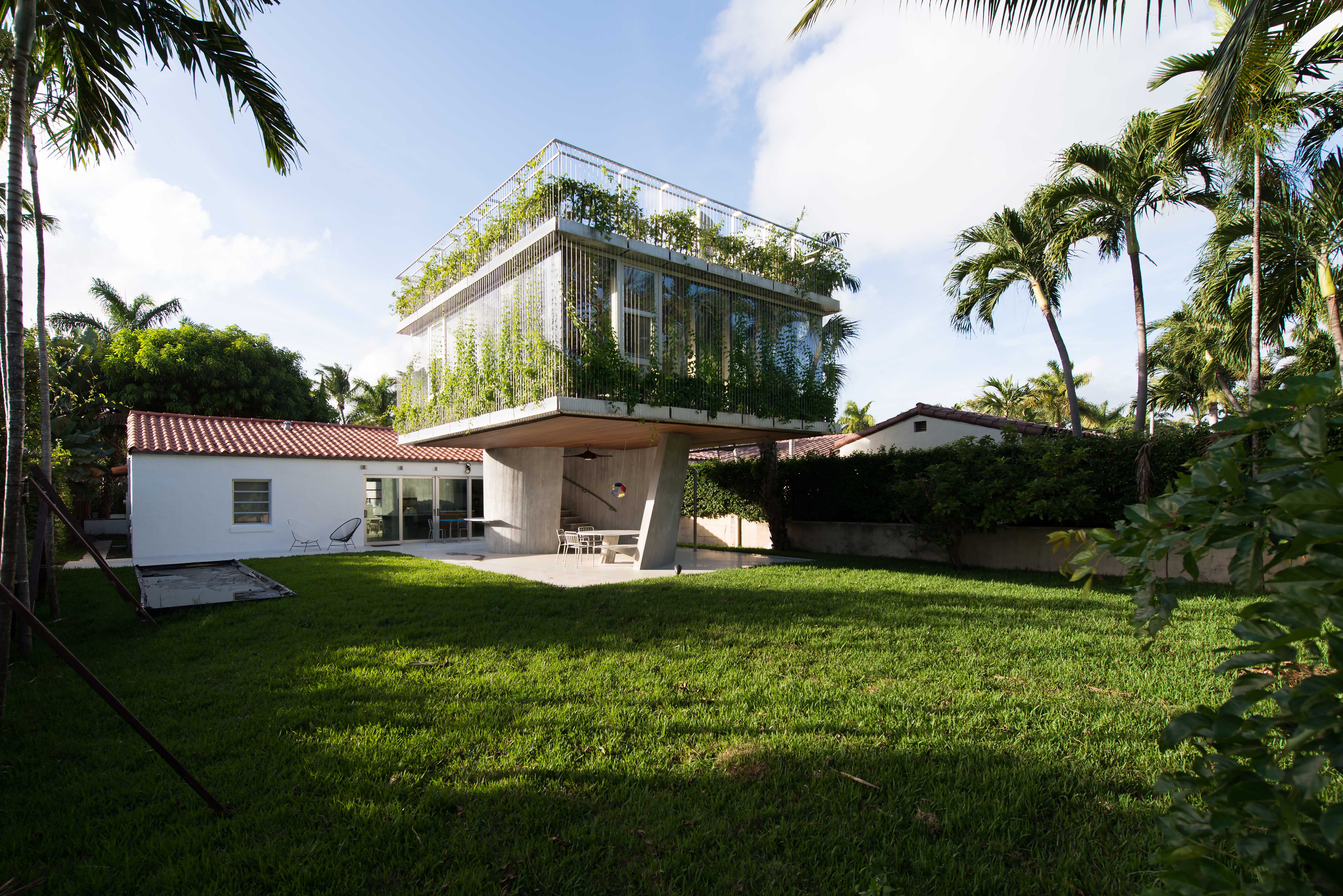
Christian Wassmann, Sun Path House, Miami Beach, USA, 2015. © Lukas Wassmann/totalworld.com
Jonathan Bell is a journalist specializing in contemporary architecture and design. Ellie Stathaki is a journalist and architecture editor at Wallpaper* magazine.
Further reading:























